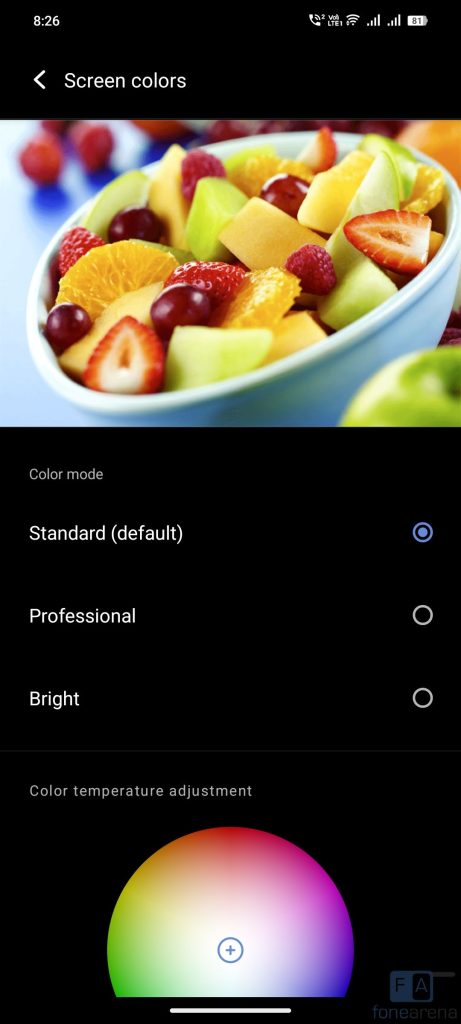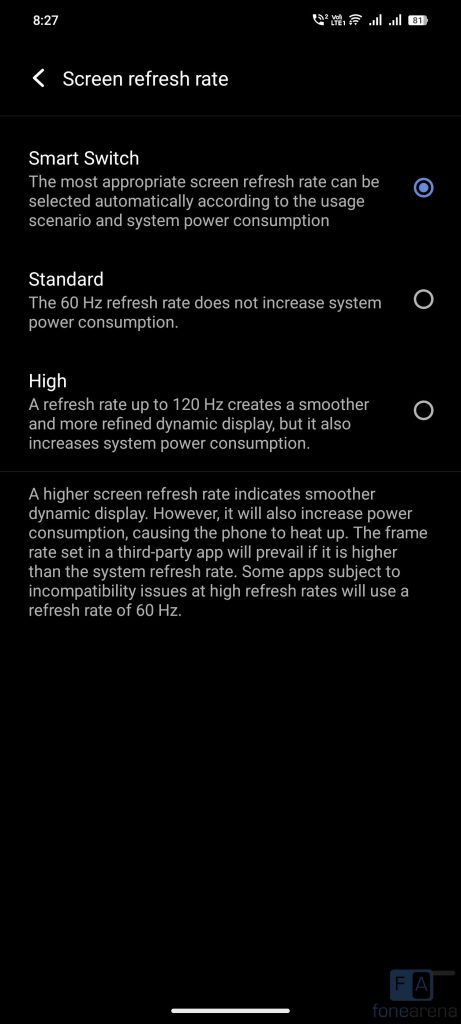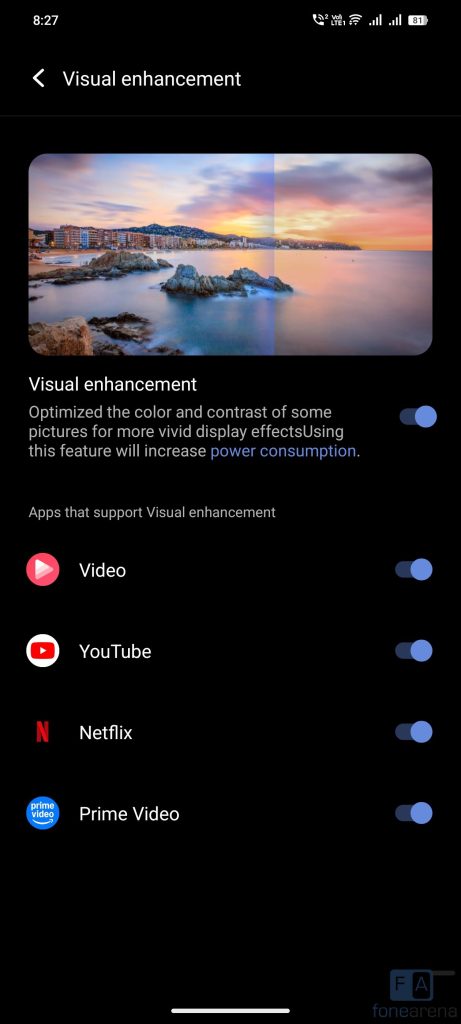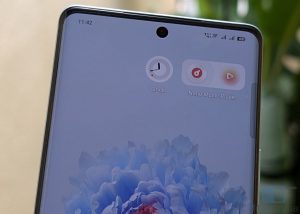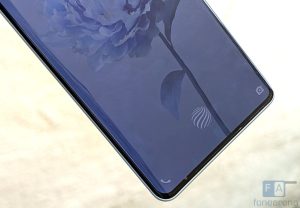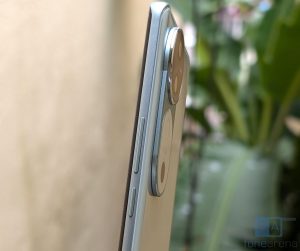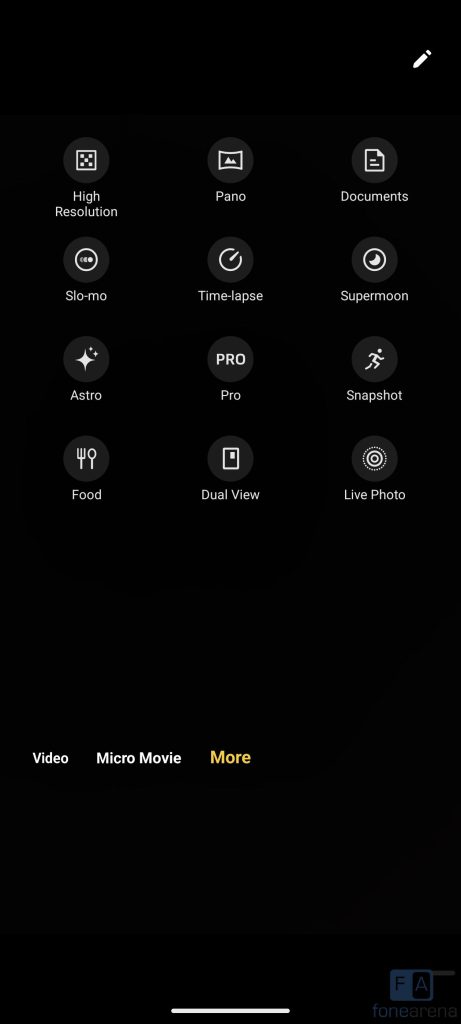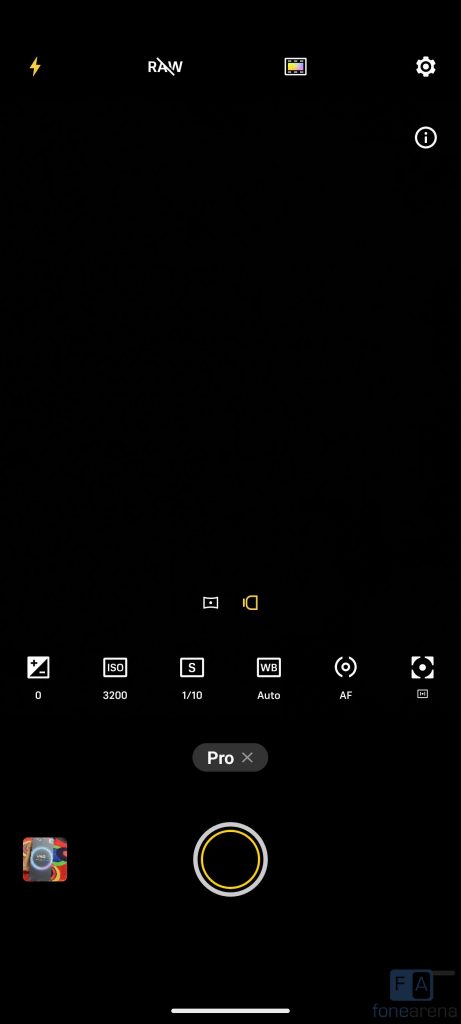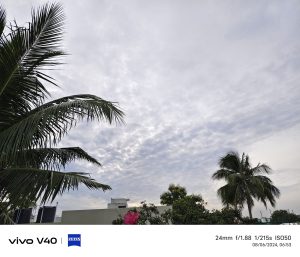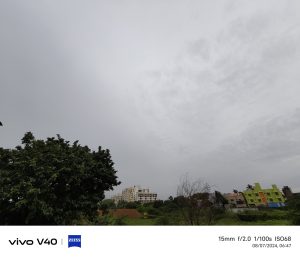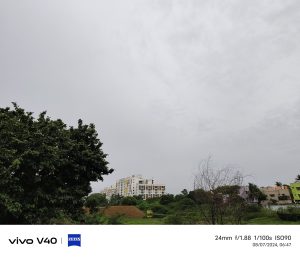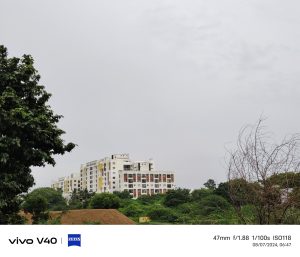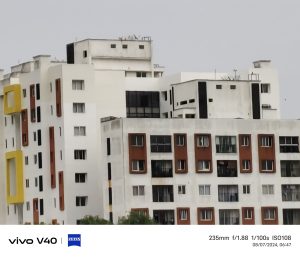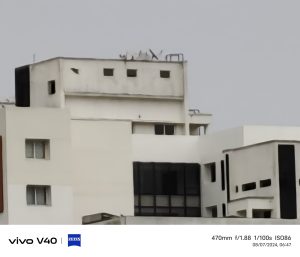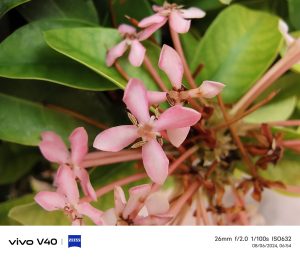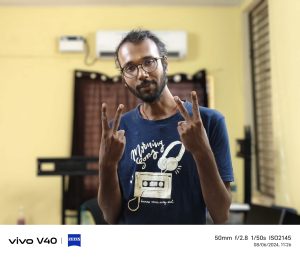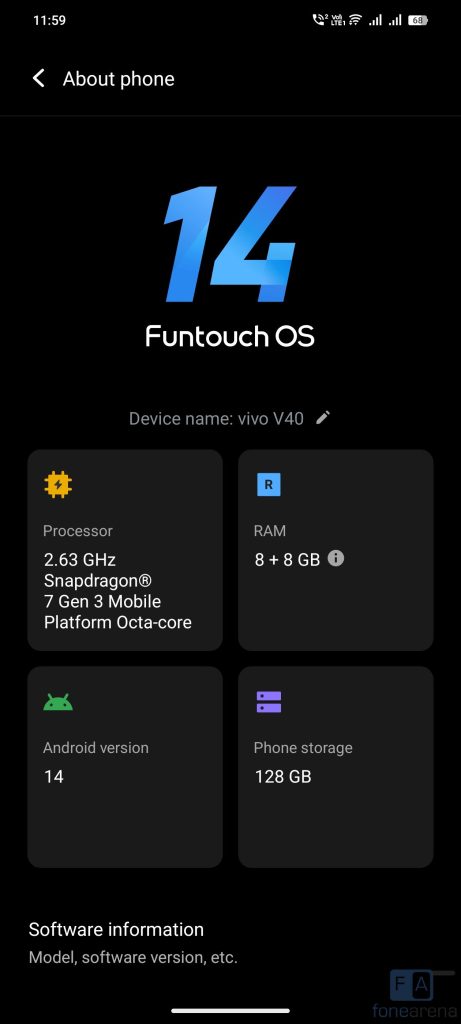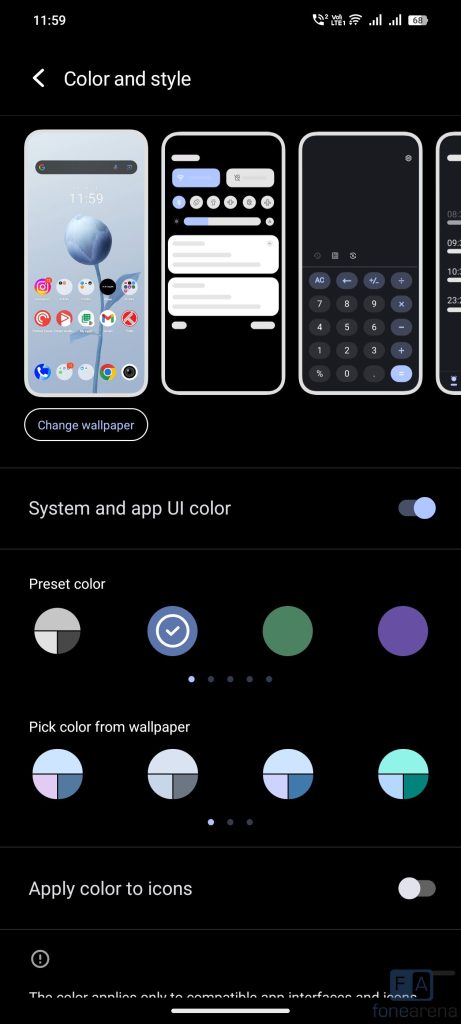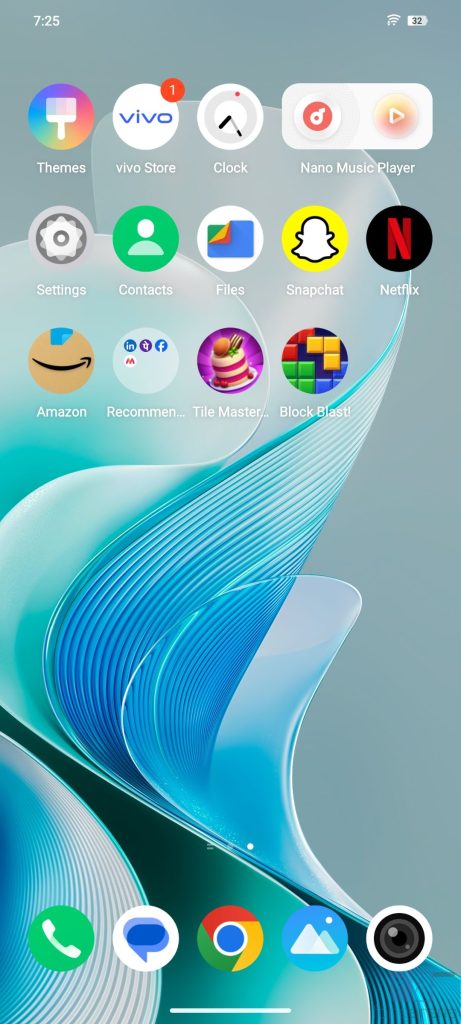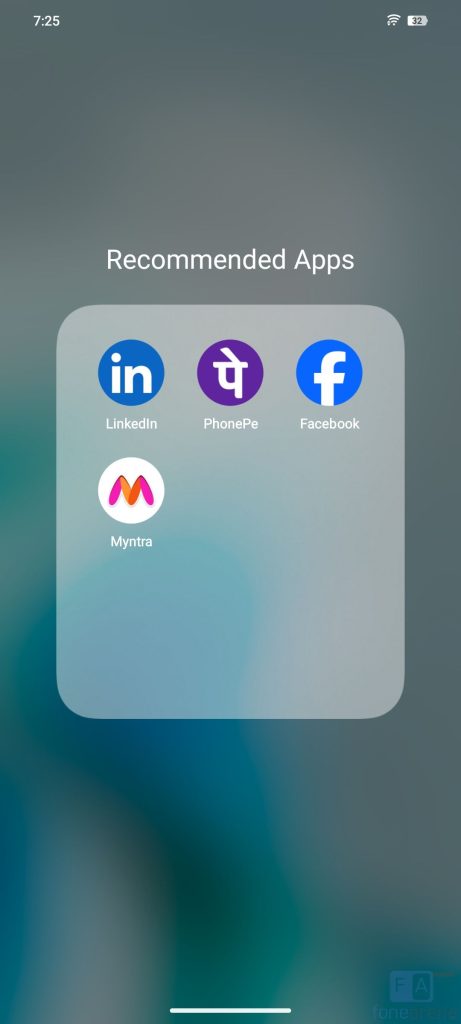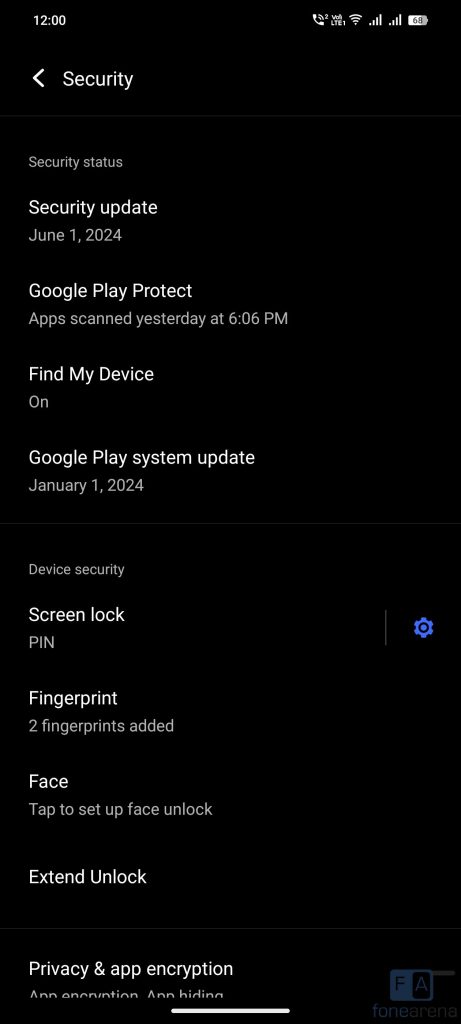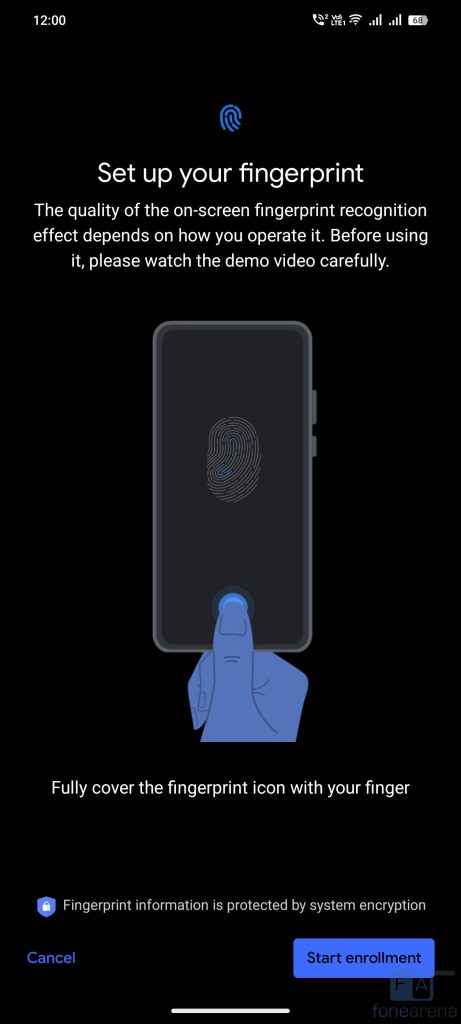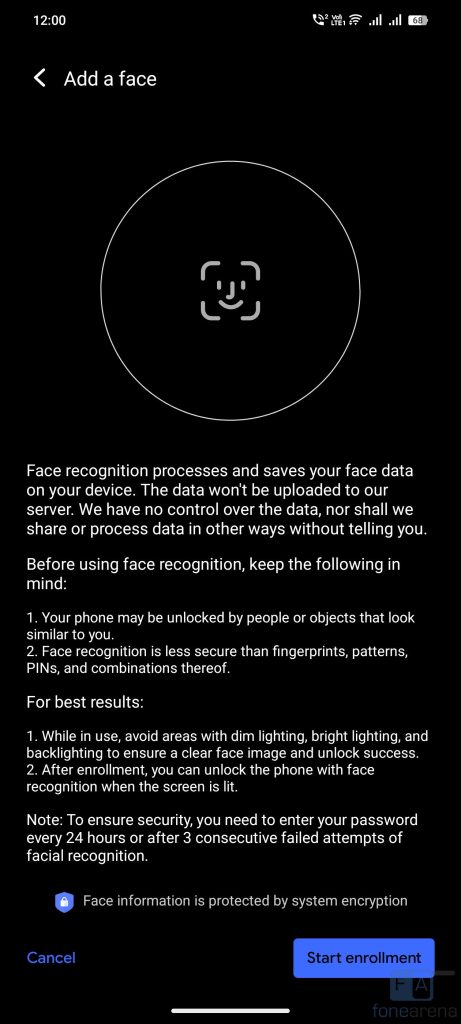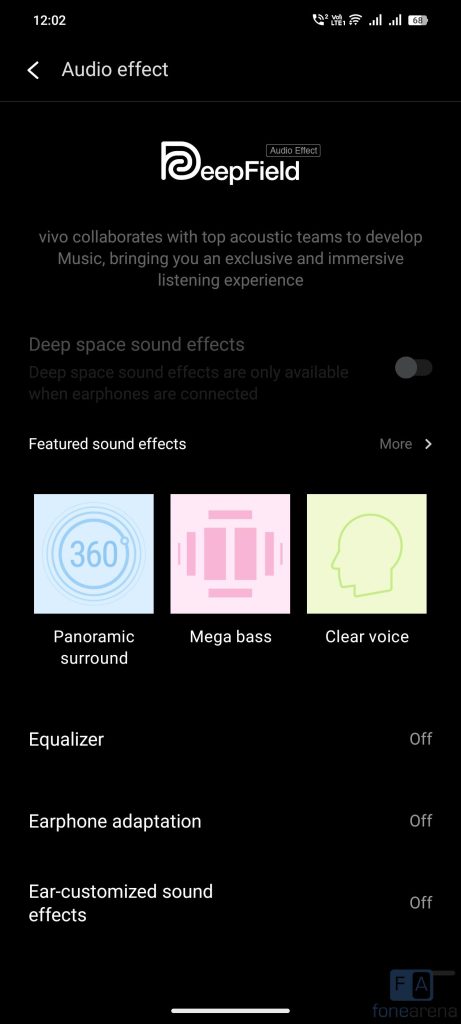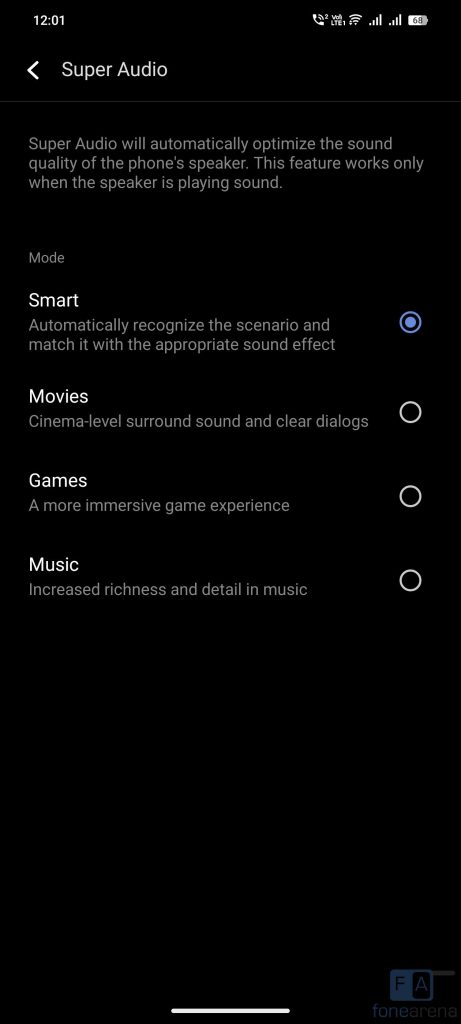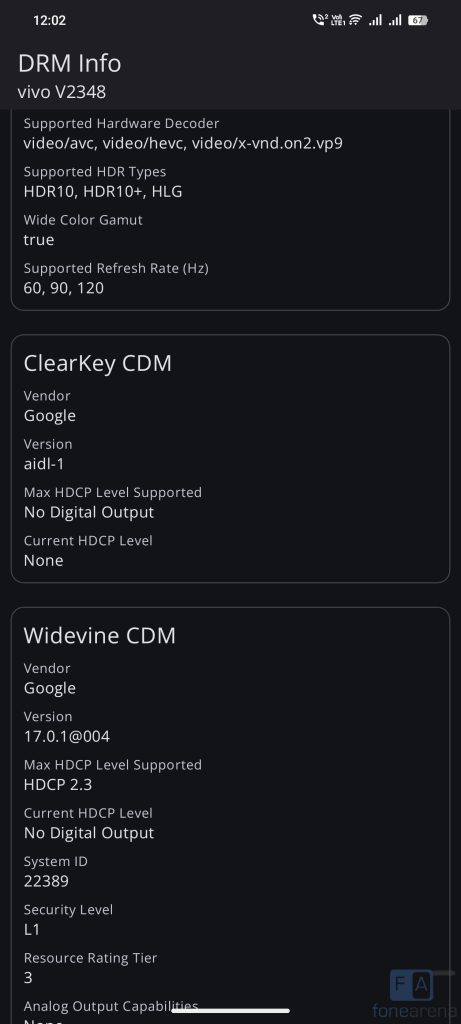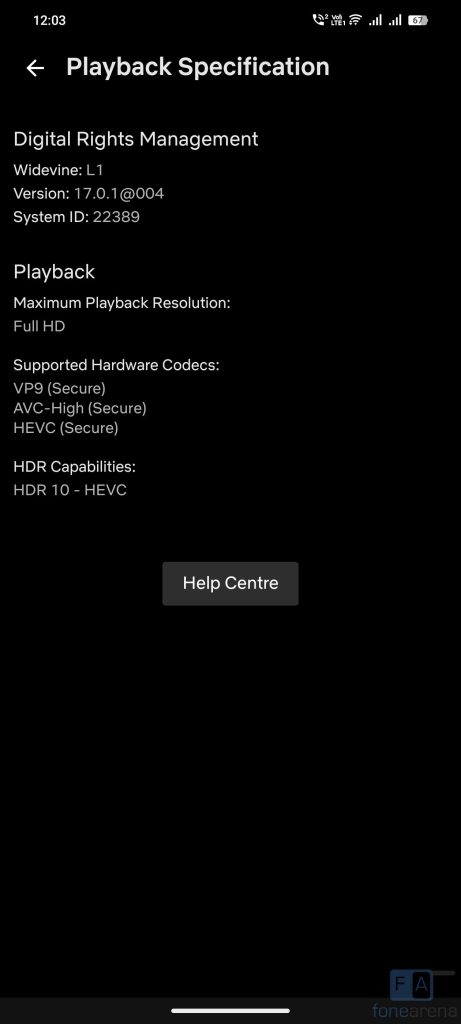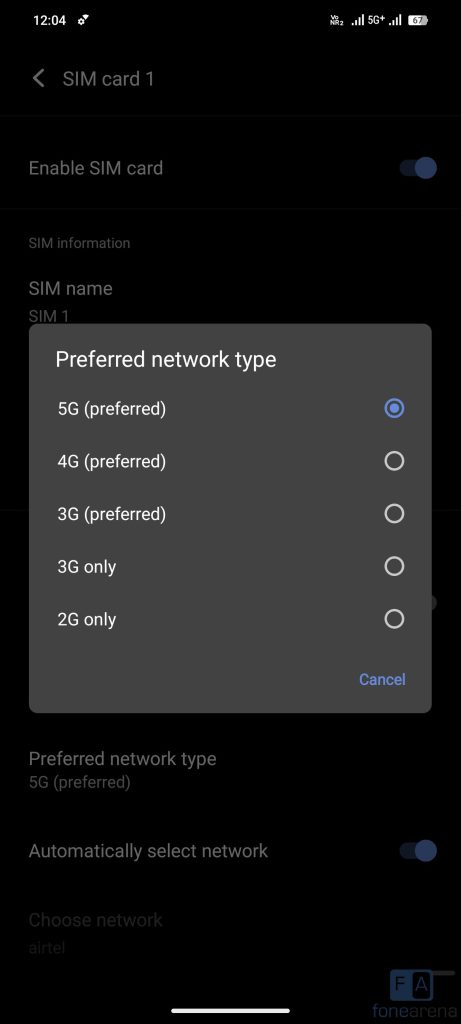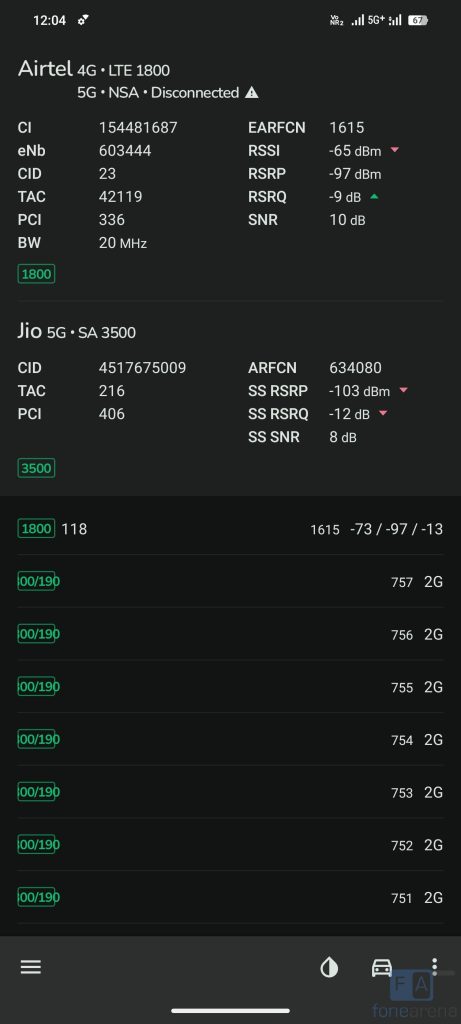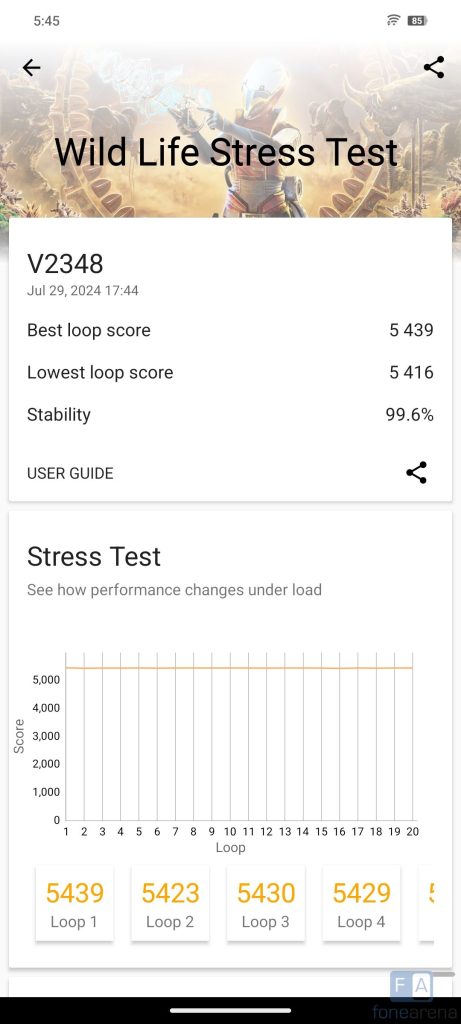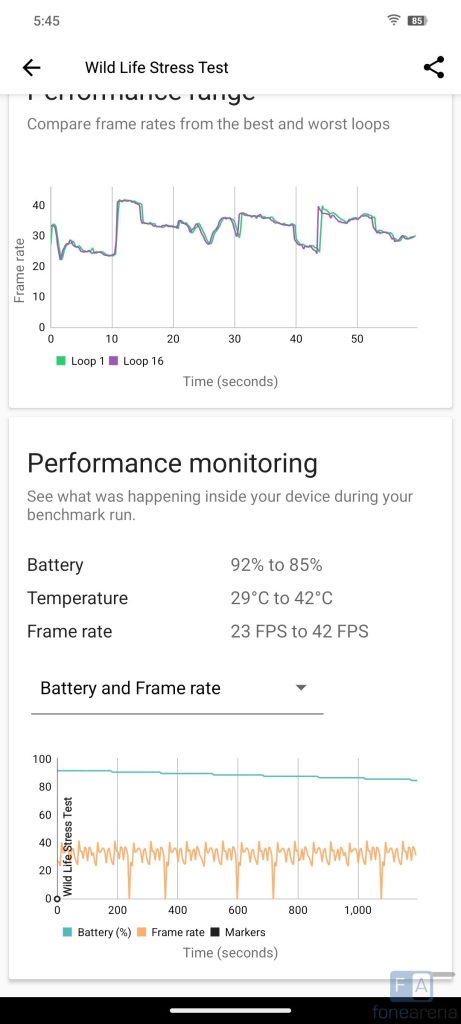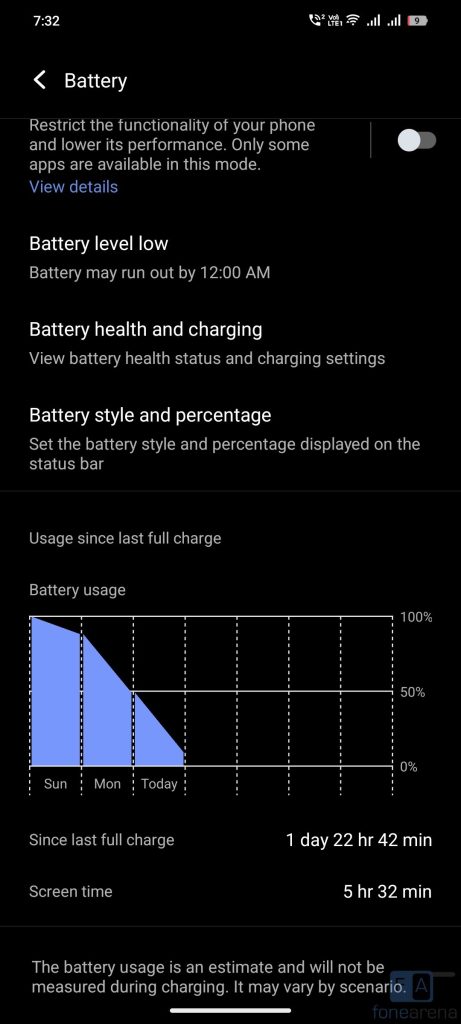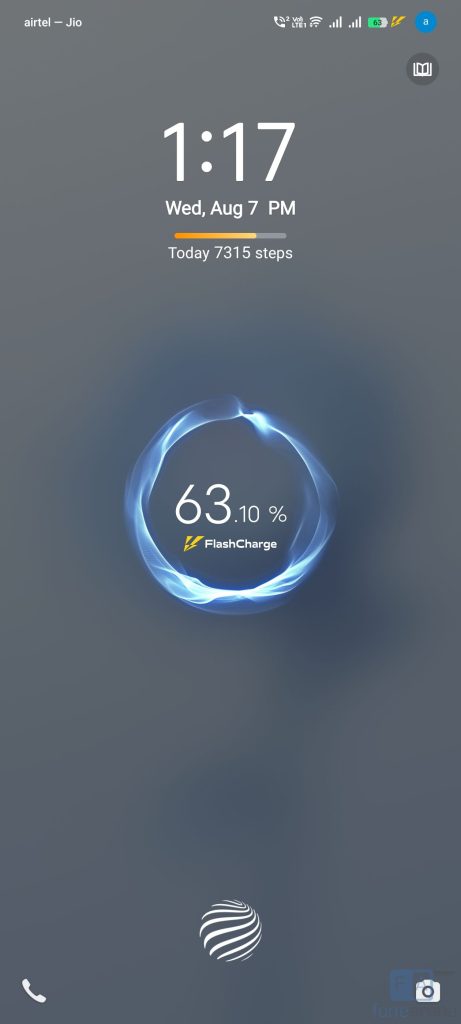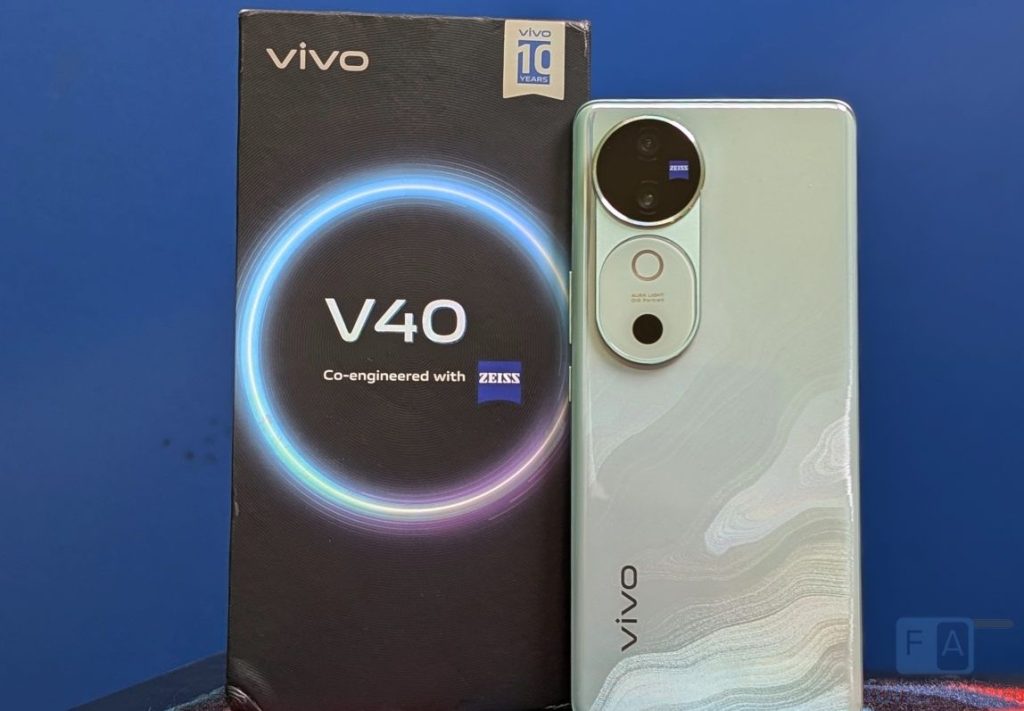
vivo launched its V40 series smartphones in India today, as the successor to V30 series which were launched earlier this year. We have the V40 smartphone here.
This has an improved AMOLED screen, improved cameras with ZEISS optics, IP68 ratings, and bigger battery, while retaining the Snapdragon 7 Gen 3 SoC. Is this the worthy upgrade to the V30? Let use dive into the review to find out.
| Box Contents |
| Camera |
| Battery Life |
| Conclusion |
Box Contents
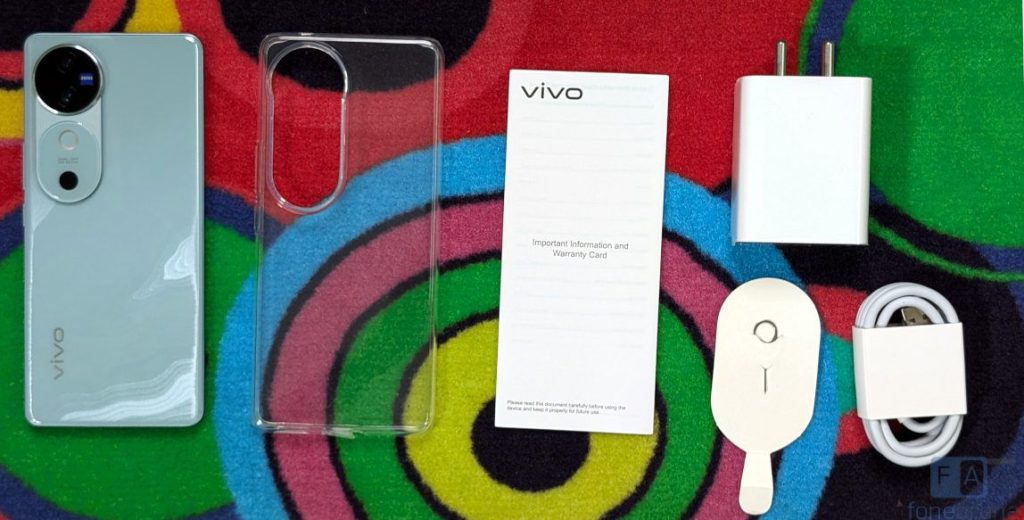
- vivo V40 8GB + 128GB version in Ganges Blue colour
- Clear Silicon case
- USB Type-C Cable
- 80W FlashCharge wall adapter
- SIM ejector tool
- Quick start guide and Warranty information
Display, Hardware and Design
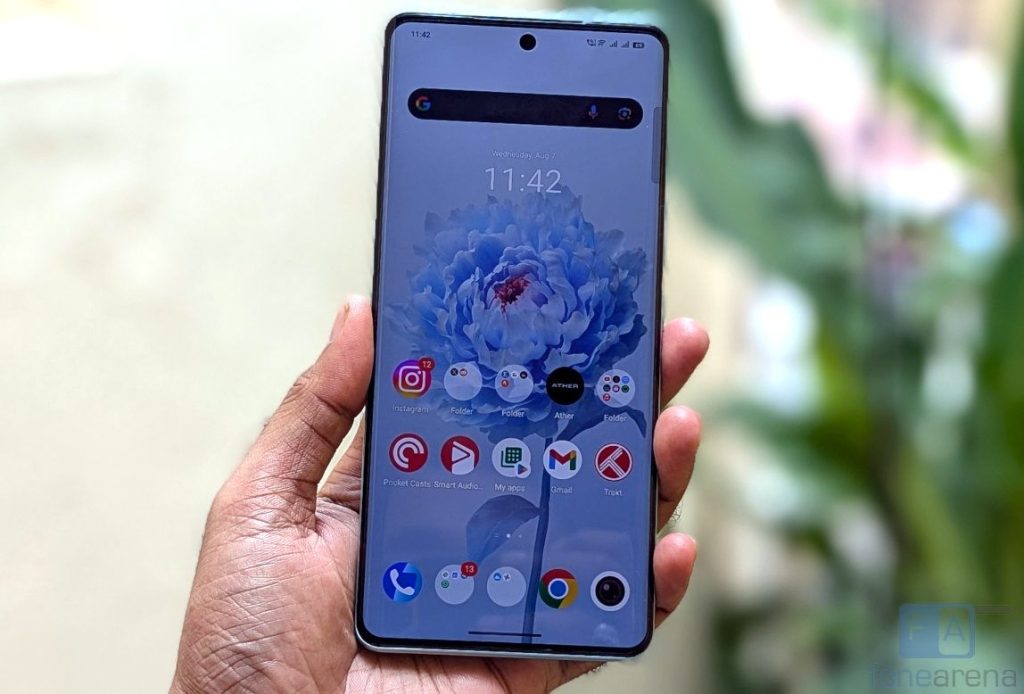
The vivo V40 sports a 6.78-inch (2800×1260 pixels) 1.5K 20:9 aspect ratio, 452 PPI 55° curved AMOLED display and 120Hz refresh rate. The display is bright even outdoors under sunlight, since it has an overall maximum brightness of up to 1200 nits. The screen has up to 4500 nits peak brightness, compared to 2800 nits in the predecessor. The colour output good as well since it has 1.07 billion colors.
You can select from standard (default), professional and bright screen colour modes. You can select smart switch that can switch between 60 Hz/90 Hz/120 Hz, 30 Hz or force it to 60Hz or 120Hz. It has 300Hz touch sampling rate and 1000Hz instant touch sampling rate. The phone has up to 2160Hz High-frequency PWM dimming. Visual enhancement optimizes the color and contrast in apps like YouTube, Netflix and Prime Video for more vivid display effects. It has Schott Xensation α glass on the front for protection.
It also has HDR 10+ support, which works for YouTube and Netflix. The phone doesn’t have a notification LED, but this has an always-on-display that shows contextual info and notifications all day or as per schedule.
The phone has a 50MP front camera inside the punch-hole. There is an earpiece on the top edge which works as a secondary speaker. There is a small chin below the screen. It has an in-display optical fingerprint scanner. The haptic feedback is decent.
Coming to the button placements and ports, the phone has a power button and volume rockers on the right. The bottom part is crammed with a dual SIM slot, primary microphone, USB Type-C port and a speaker grill. The secondary microphone is present on the top.
The phone is just 7.58mm thick. vivo says that it has used customized aluminium alloy in the four corners, and reinforced middle frame, but it looks like the frame is not metal since there are no antenna bands.
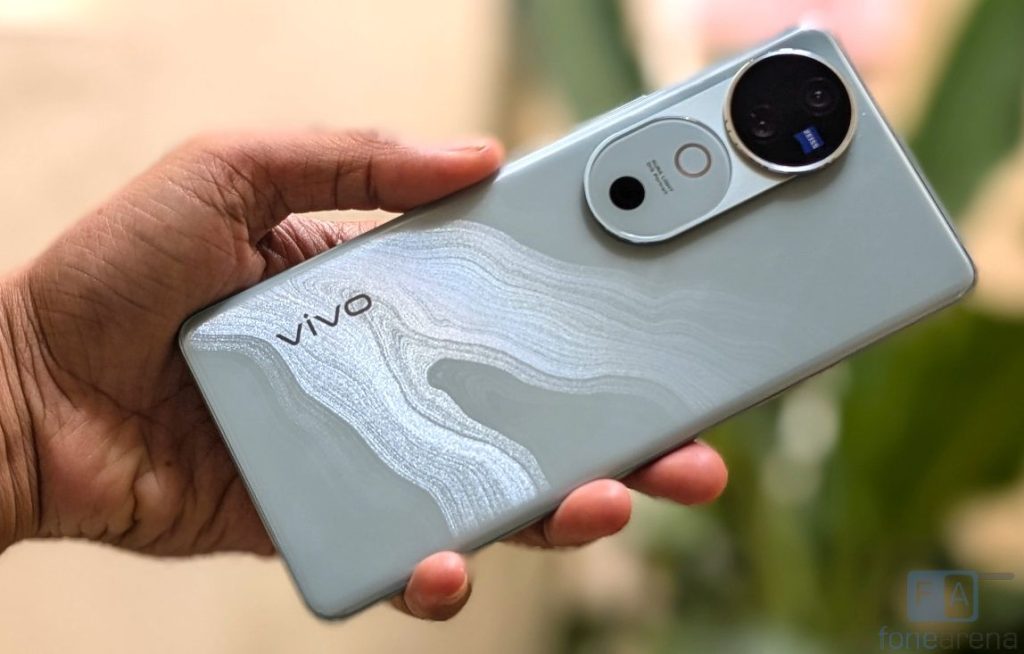
The Ganges Blue color that we have is inspired by the rivers of
India, says the company. It uses a Magnetic ink process, with the texture transitioning smoothly from bottom to top. Gently rotating the phone causes the particles to shimmer, creating a Sparkling Water Ripple Effect.
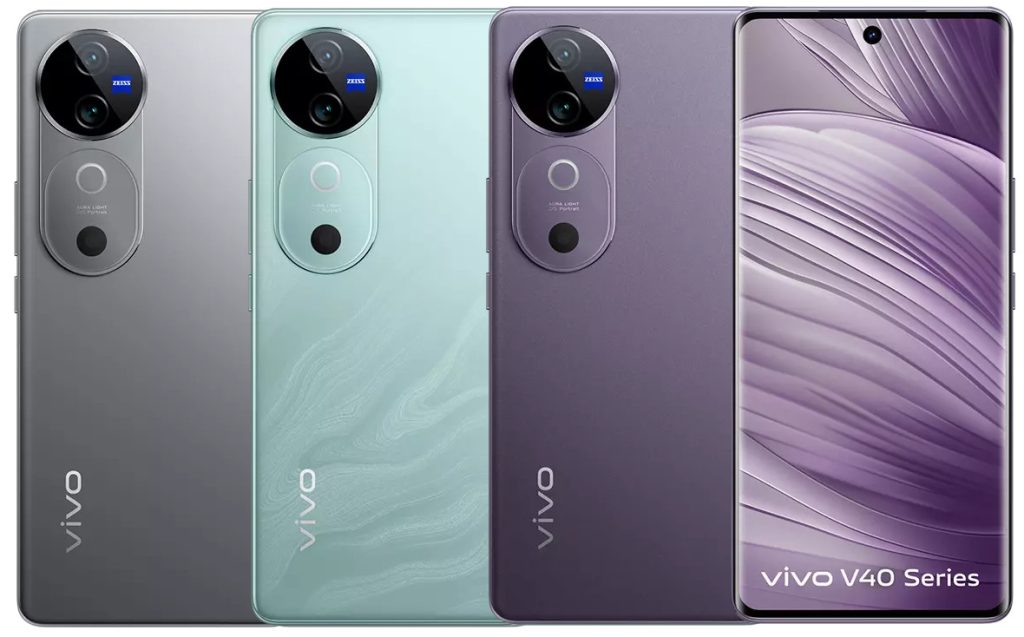
The phone has IP68 ratings for dust and splash resistance for the first time. Since it has a glossy glass back, it attracts fingerprints, but it didn’t feel slippery. It also comes in Titanium Grey, and Lotus Purple colours.
Camera
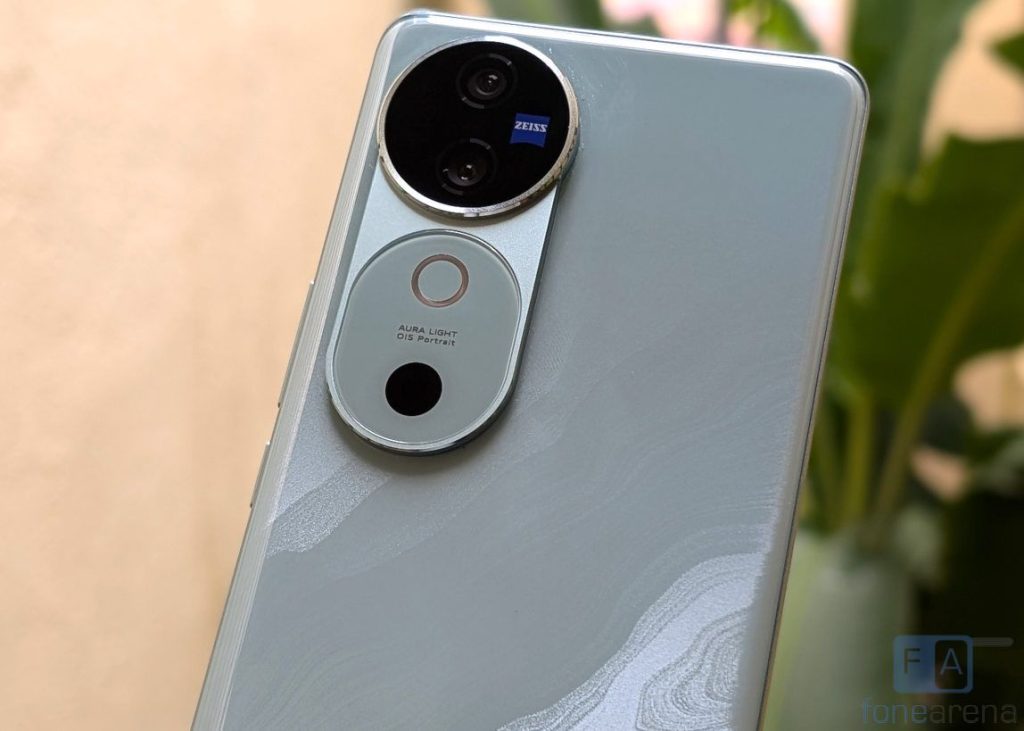
- 50MP main camera with f/1.88 aperture, ISOCELL GNJ sensor, OIS, ZEISS optics
- 50MP ultra-wide camera, f/2.0 aperture
- 50MP auto focus front-facing camera with f/2.0 aperture
In the V40, vivo has completely removed the flash in favour of the Aura Light, which the company says is three times brighter than the previous generation.
The camera UI is the same as other phones running Funtouch OS. It includes several features such as AR stickers, Pro mode, long exposure, 50MP mode, supermoon, and more. Even though the phone has a 50MP rear camera, the final output is 12.5MP in size after pixel binning, and the front camera output is around 14MP.
Coming to the camera quality, the daylight shots are brilliant, and it is recommended to enable HDR option which automatically switches on HDR according to the shot, so that the dynamic range is good. The camera can focus quickly.
The 50MP ultra-wide camera does a good job, and it can also shoot macro, but macro shot with the main camera looks better. Even though this doesn’t have a dedicated portrait camera, which the V40 Pro has, it does a decent job when it comes to edge detection. The phone has ZEISS optics and 6 ZEISS Style Portrait options.
Low light shots are good with a lot of details and less noise, and the OIS helps as well to stabilize the images. The night mode automatically enables ultra dark mode if there is very less light, and that makes it better, but it takes a few seconds to process. There is also supermoon mode, which is a good addition, but you can’t compare it to flagships.
The 50MP AF front camera is also good in daylight. The portrait shots from the front camera were also good with a good edge detection, even though it uses software. There is screen flash for low light shots, which the company calls aura screen light.
Check out some camera samples below
It can record videos at 4k resolution at up to 30 fps from the front and rear cameras. It has standard and ultra stabilization, but the resolution is down to 1080p in standard and ultra options since it crops the content. OIS does a good job in stabilization. There is a ZEISS cinematic portrait video option which is limited to 1080p 24 fps.
Software, UI and Apps
Coming to the software, the phone runs on Android 14 with Funtouch OS 14 on top. It runs Android security patch for June 2024. The phone will get 3 Android OS updates and 4 years of security updates.
Funtouch OS 14 brings Smooth Experience, Visual Smoothness, Enhanced Multitasking, improved Personalization, including custom Kinetic wallpapers, custom lock screen clock style with three layout styles and eight font styles.
There is a new AI eraser feature that we had seen in other phones. Out of 8GB of LPDDR4X RAM, about 7.3GB is usable, out of which 3GB is free when the default apps are running in the background. There is additional 8GB RAM expansion feature. Out of 128GB of UFS 2.2 storage, 102.7GB is free out of the box. It is disappointing that this still uses UFS 2.2 storage at this price tag. However, vivo is finally offering a 512GB model is the non Pro model, which is a welcome move.
Apart from the usual set of utility and Google apps, it comes preloaded with a lot of apps such as Facebook, Amazon, LinkedIn, PhonePe, Netflix and Truecaller and Snapchat. These apps can be uninstalled, but they come back after reset.
Fingerprint sensor and Face unlock
The phone has an optical in-display fingerprint sensor which immediately unlocks the phone just by keeping your finger on the sensor. You can add up to 5 fingerprints. There are different animation styles that display when you unlock, which you can disable. The phone also has face unlock that can unlock the phone in seconds, but it is not as secure as fingerprint.
Music and Multimedia
The default Music Player also has equalizer and DeepField sound effects. It doesn’t have FM Radio support. There is audio super resolution, and super audio features. Audio through the stereo speakers are good. Audio through the headphones is good.
This has Widevine L1 so that you can play HD content on Amazon Prime Video, Netflix and other streaming apps. It also supports HDR playback on Netflix and YouTube.
Dual SIM and Connectivity
It has the usual set of connectivity features such as 5G with support for n1/n3/n5/n8/n28/n40/n77/n78 bands. Jio and Airtel 5G work out of the box. It also has dual 4G VoLTE, Wi-Fi 802.11 ac (2.4 + 5GHz), Bluetooth 5.4, GPS + GLONASS, but doesn’t have NFC support. It also has USB OTG support. The phone also has carrier aggregation. We did not face any call drops and the earpiece volume is good, even though it is present on the top edge.

The vivo V40’s body SAR is 0.90 W/Kg and head SAR is at 0.97/Kg which is well under the limit in India which is 1.6 W/kg (over 1 g).
Performance and Benchmarks
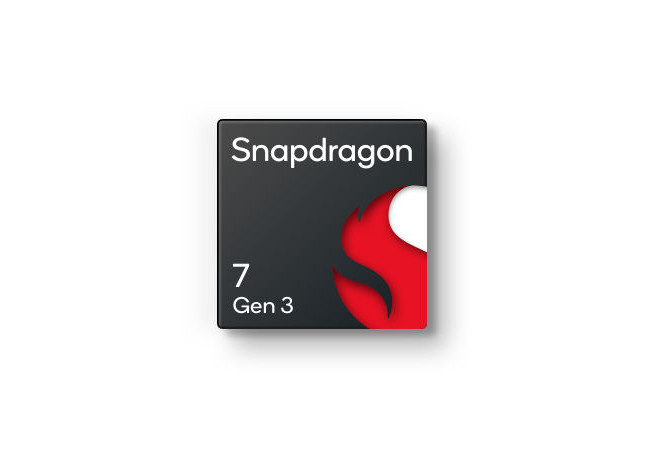
This is one of the few phones with the Snapdragon 7 Gen 3 Mobile Platform in India. It has 1+3+4 architecture, as the Snapdragon 7+ Gen 2. This uses 1 x 2.63 GHz ARM Cortex-A715 prime core, 3 x A715 performance cores at up to 2.4 GHz, and 4 x Cortex-A510 efficiency cores at up to 1.8 GHz.
It is fabricated using the TSMC 4nm Process Technology. It promises 15% improvements in CPU performance compared to Snapdragon 7 Gen 1. The phone has a large vapor chamber cooling area, says the company, without revealing the size.
This uses Adreno 720 GPU. We did not face any issues or frame drops in the graphic-intensive games, and it also didn’t get hot. In 3D Mark wild life stress test, it scored 99.6% which is good, and the temperature shot up from 29 to 42 degrees. That said, check out some synthetic benchmark scores below.

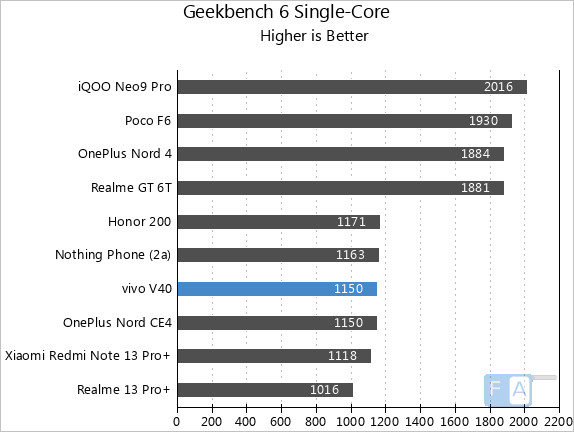

As you can see in the benchmarks, the V40 powered by the Snapdragon 7 Gen 3 chip is decent, but there are phones with Snapdragon 7+ Gen 3 and even Snapdragon 8s Gen 3 at a cheaper rate, if you need a phone for the performance.
Battery life
Coming to the battery life, the phone packs a 5500mAh (typical) battery, a major upgrade compared to 5000mAh in the V30. It can easily last for a day with heavy use and for more than a day with typical use with 5G enabled and multimedia, thanks to the optimization. I got 5 and half hours of screen on time, about 2 days of mixed Wi-Fi and 5G use.
Since the phone has support for 80W fast charging, it can charge up to 50% in about half an hour, and 100% takes less than an hour. The company says that it can retain 80% battery health even after 1600 charge-discharge cycles with the smart charging algorithm.
Conclusion
At a starting price of Rs. 34,999, the vivo V40 excels in camera, display and battery compared to the V30. The performance is good as well, but it is not the best compared to other phones in the price range since it sticks with the same SoC . Even though the company has finally added stereo speakers, it still lacks NFC support in India, which was the case for the older V series phones, and the price has increased a bit compared to last year’s models.
Pricing and availability
The vivo V40 is priced at Rs. 34,999 for the 8GB + 128GB model, 8GB + 256GB model costs Rs. 36,999 and the top-end 12GB + 512GB model is priced at Rs. 41,999. Pre-booking starts today, August 7th on vivo.com, Flipkart and offline stores, and the phone will go on sale from August 19th.
Alternatives
The HONOR 200 is a good alternative in the price range, and it has a telephoto camera, and a smoother user experience even though it has the same SoC. For the performance, there is POCO F6, and realme GT 6T, and even the OnePlus Nord 4 at a cheaper rate.
Pros
- 120Hz 1.5K AMOLED HDR display is brilliant
- Good cameras
- Smooth performance
- Sleek design
- IP68 ratings
- Good battery life, 80W fast charging
Cons
- No NFC support
- Same old SoC
- A lot of preloaded apps

